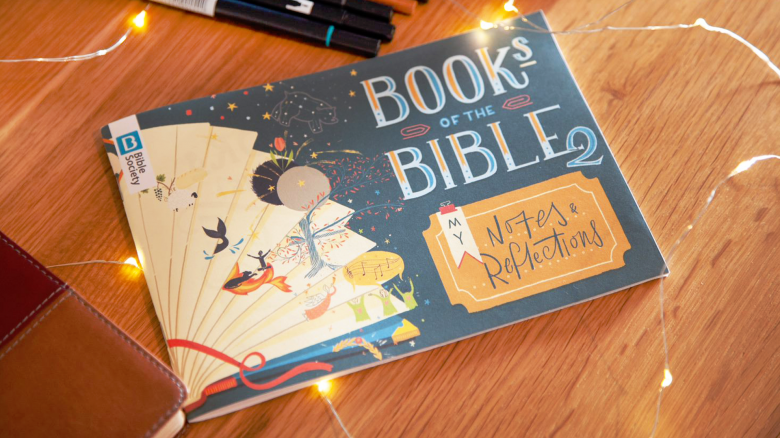Colossians lays out a vision of Christian living focused around the person of Christ (as laid out in the beautiful Christ-hymn of Colossians 1.15–20). In Colossians the vision of Christ Paul outlines in the first chapter is used as the underpinning for how those in Christ should now live. If they have died and risen with the Christ who created the world and is the head of the Church, their identity has now changed and they are expected to behave accordingly. Ephesians and Colossians are often recognised to be companion books as their message is very similar.
15He is the image of the invisible God, the firstborn of all creation; 16for in him all things in heaven and on earth were created, things visible and invisible, whether thrones or dominions or rulers or powers – all things have been created through him and for him. 17He himself is before all things, and in him all things hold together. (Colossians 1.15–17)
So if you have been raised with Christ, seek the things that are above, where Christ is, seated at the right hand of God. 2Set your minds on things that are above, not on things that are on earth, 3for you have died, and your life is hidden with Christ in God. (Colossians 3.1–3)
16Let the word of Christ dwell in you richly; teach and admonish one another in all wisdom; and with gratitude in your hearts sing psalms, hymns, and spiritual songs to God. 17And whatever you do, in word or deed, do everything in the name of the Lord Jesus, giving thanks to God the Father through him. (Colossians 3.16–17)
Paul is probably the best–known of all the early Christians. Before encountering Jesus Christ on the road to Damascus, he was a zealous Pharisee who sought to maintain the purity of Judaism. After his experience on the Damascus road, he turned his zeal to proclaiming Jesus Christ among the Gentiles. This brought him into conflict with some other early Christians, not least Peter, who thought that followers of Jesus should convert to Judaism. He travelled around the Roman Empire (though primarily in Asia Minor – modern-day Turkey – and Greece) proclaiming the good news and founding communities of Christians as he went. He also wrote a large number of letters, 13 of which are preserved in the New Testament. Colossians is traditionally thought to be one of these.
Timothy was born in Lystra in Asia Minor of a Jewish mother and Greek father. Acts 16.1–3 recounts his meeting with Paul in Lystra and of Paul’s desire to take him with him on his journeys. Paul often sent Timothy to communities that he had founded to take letters to them and so that he could report to Paul about what was going on. Two letters in the New Testament (1 and 2 Timothy) are reputed to be letters of encouragement from Paul to Timothy in Ephesus. Christian tradition identifies Timothy as the first Bishop of Ephesus.
The question that lies behind Colossians appears to be how to live out what they believed about Christ in their everyday lives. As a result, Colossians has much to say to a modern audience.
There will be lots of names you will not know; don’t worry if you can’t place them all. The key ones are given below.
Laodicea, Hierapolis, Asia Minor, Colossae
Epaphras, Archippus, Aristarchus, Barnabas, Demas, Epaphras, Luke, Mark, Onesimus, Timothy, Tychicus
Gentiles, Gospel, idols

Here are 8 handy tips to get your book club up and running.

Here are some ideas to get you started.

7 top tips for reading the Bible
The Bible can seem overwhelming, boring and difficult, but a few basic tips can help you understand it more. Try these…
Books of the Bible journal: 2nd Edition
Journey through the Bible, one book at a time, with the 2nd edition of our Books of the Bible journal.
